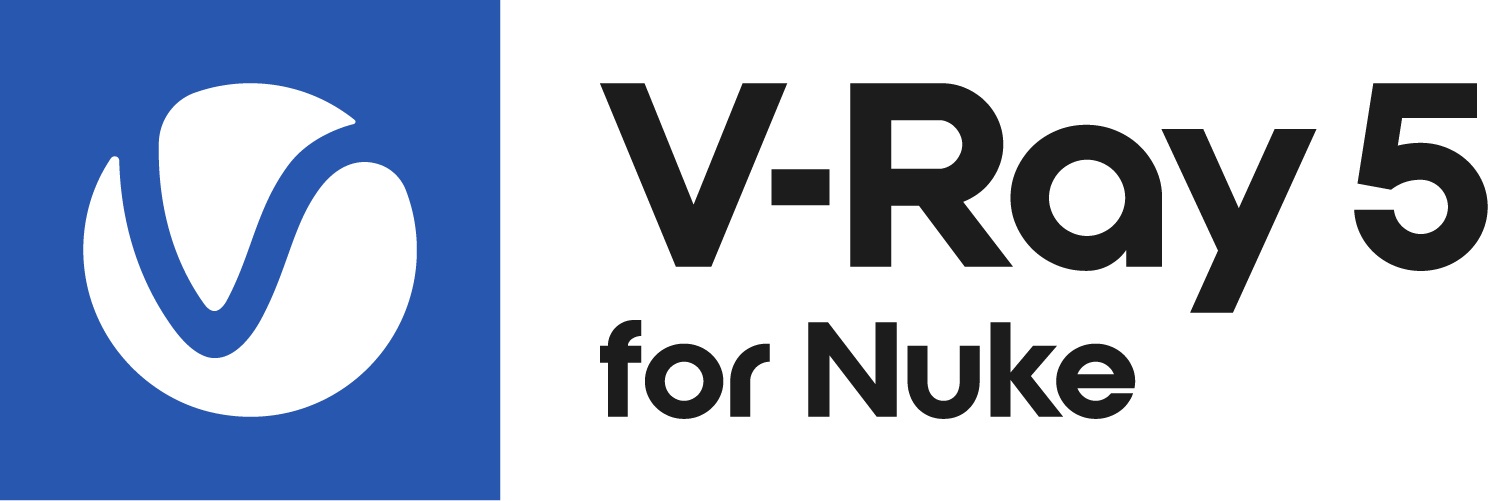This page gives some basic details about the Beauty render element and how it may be re-assembled in a composite using its component elements.
Overview
The Beauty Render is V-Ray's pre-composited final render and is usually the primary export when rendering a scene. This render element is generated automatically whenever you render a scene with the VRayRenderer.
This pass can be re-created manually in a composite by assembling the proper components together and fine-tuning the components. This process is commonly called Back to Beauty Compositing.
For specifics on how the Beauty pass is reconstructed, see Back to Beauty Compositing below.
Back to Beauty Compositing
The following is the base formula for reconstructing the Beauty pass. Some Render Elements can be excluded if the scene does not utilize them. Click the image to see the full-size version and zoom in to view all the render elements involved.
Lighting + GI + Reflection + Refraction + Specular + SSS + Self Illum + Caustics + Background + Atmospheric Effects = Beauty
Advanced Back to Beauty
Occasionally there may be a need for more specific editing to the final image. For this, there's a more detailed workflow than the normal back to beauty workflow. Click the image to see the full-size version and zoom in to view all the render elements involved.
(Diffuse x (Light Raw + GI Raw)) + (Reflection Raw x Reflection Filter) + (Refraction Raw x Refraction Filter) + Specular + SSS + Self Illum + Caustics + Background + Atmospheric Effects = Beauty
Notes
- There are two options for how Motion blur and Depth of Field are handled in the back-to-beauty composite. If Depth of Field and/or Motion blur are enabled in the VRayCamera, these effects will already be baked into all of the render elements. In this scenario, using the filter render elements in the advanced back-to-beauty composite can offer finer control of some render elements. Alternatively, many compositing and photo editing packages can add the effects post-rendering using specific tools that utilize Velocity for motion blur and ZDepth for depth of field, with some limitations.



